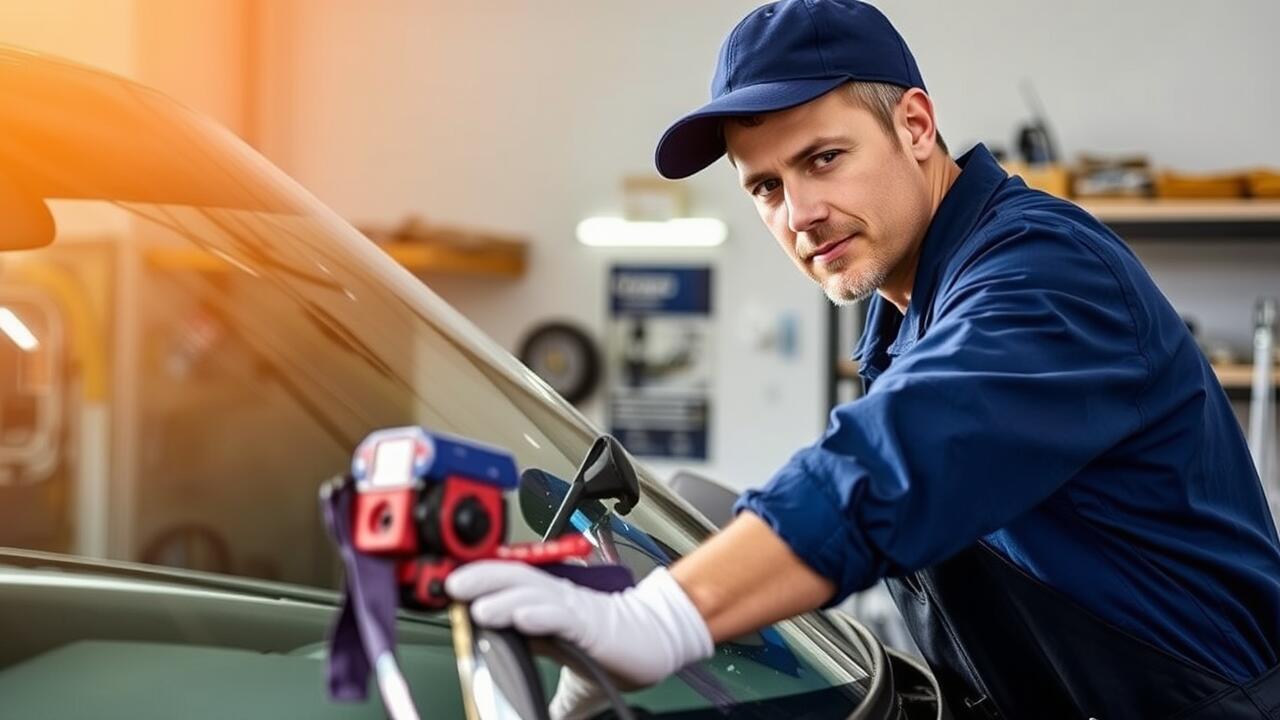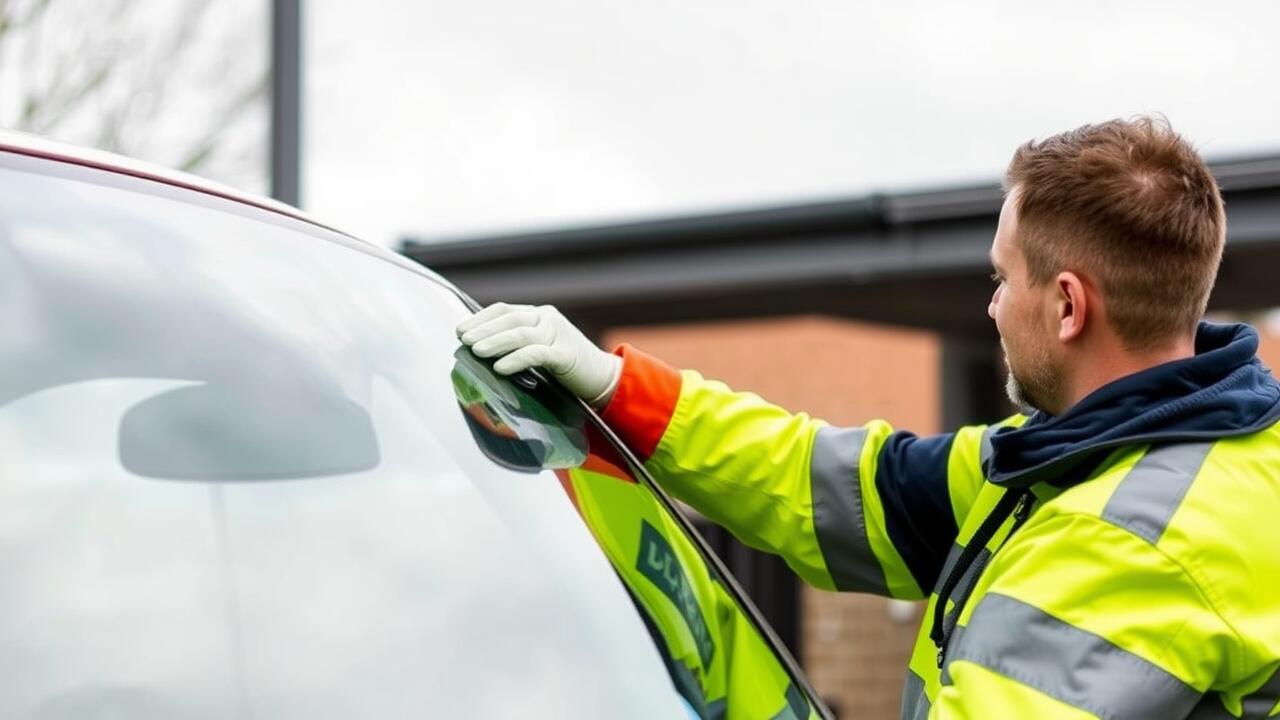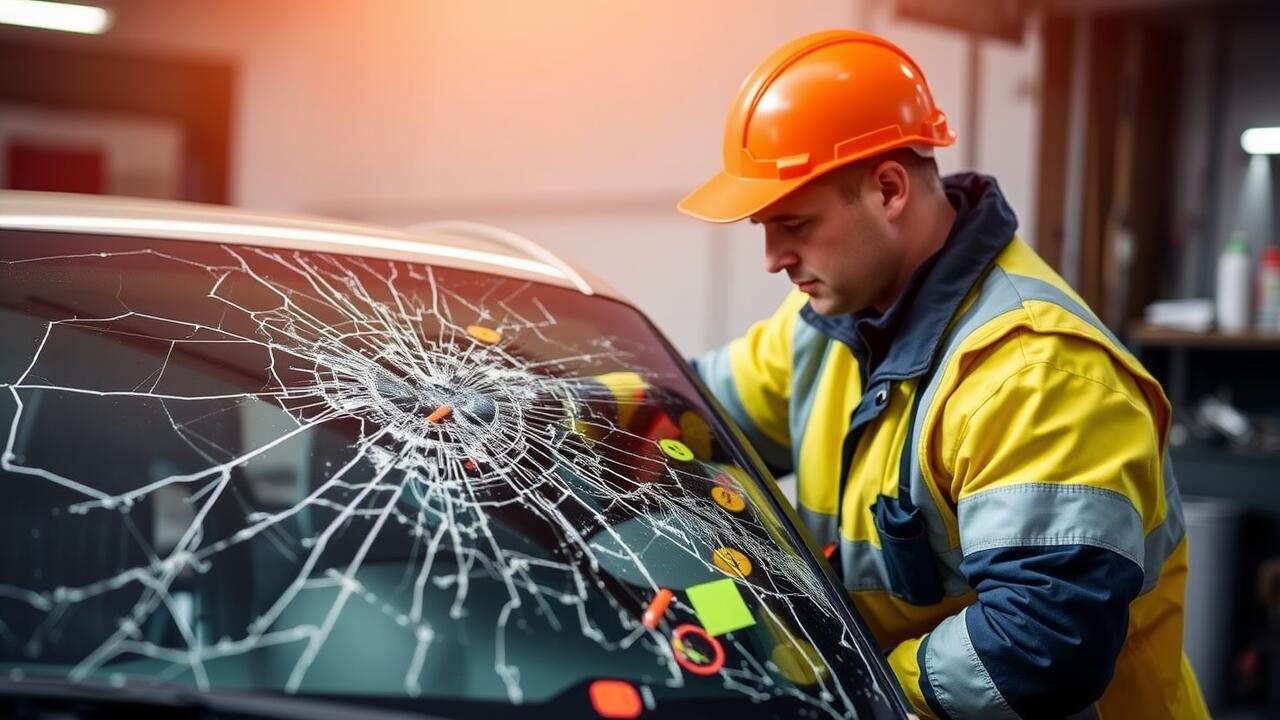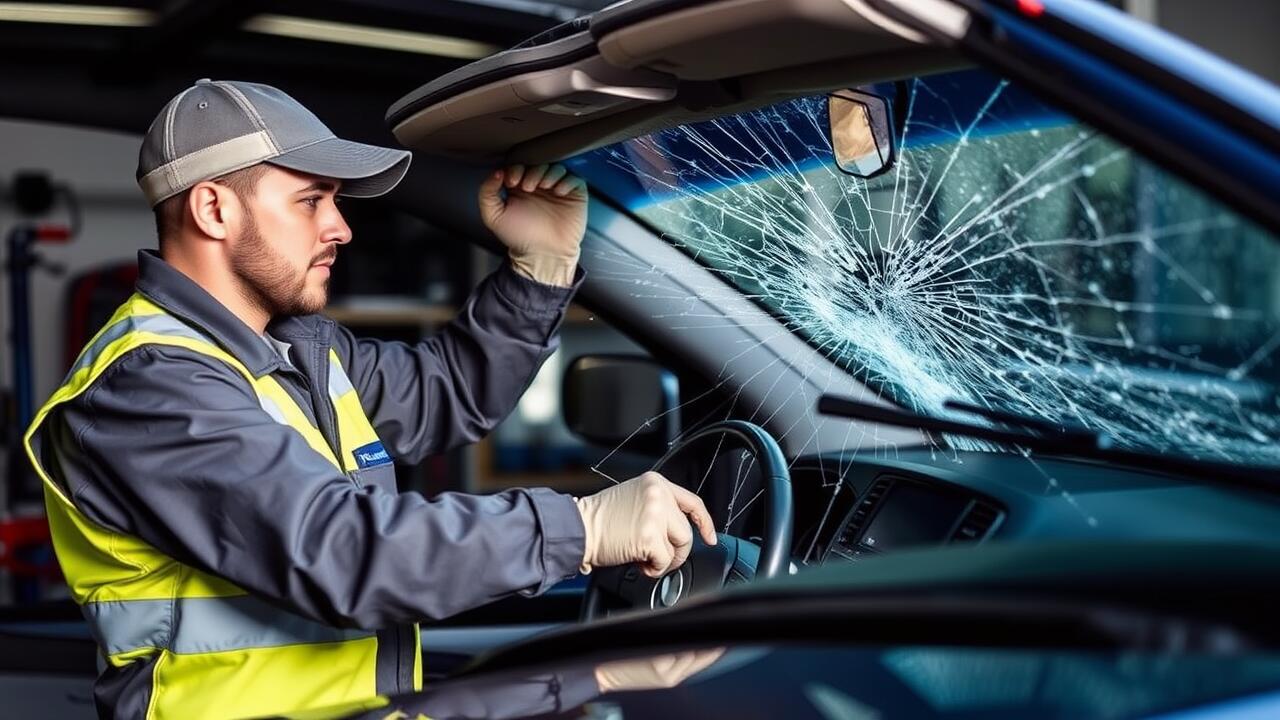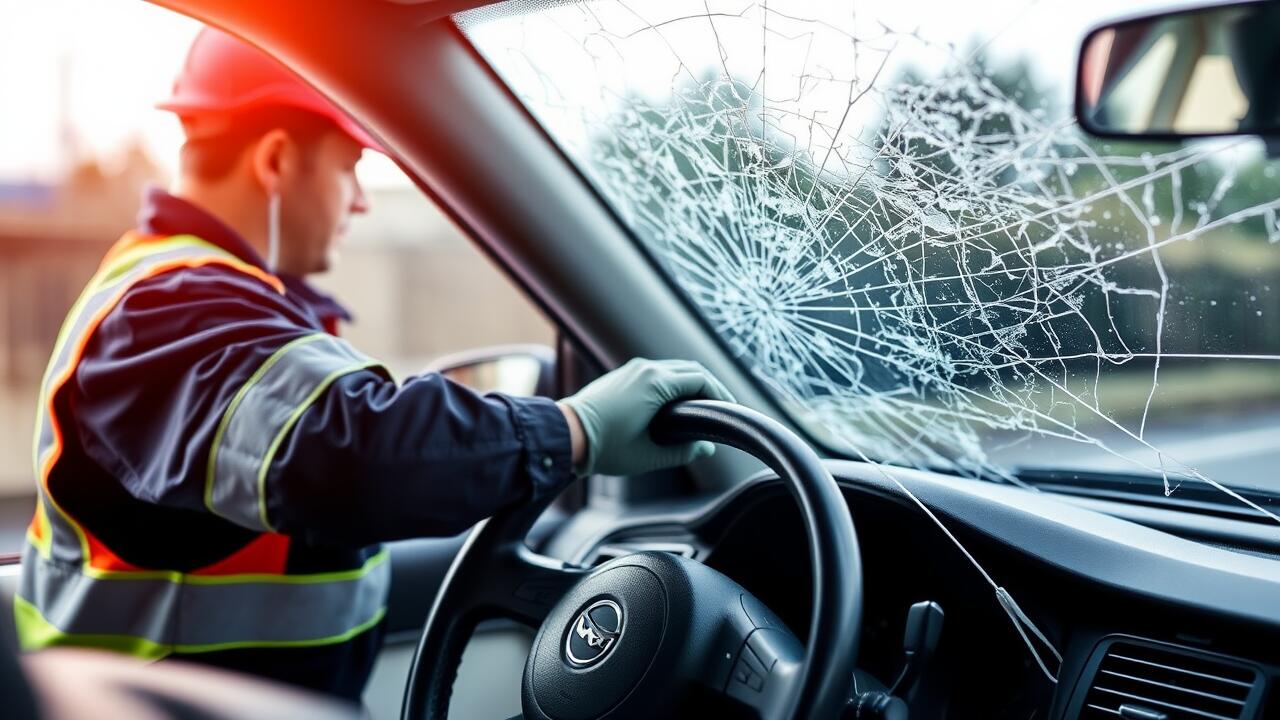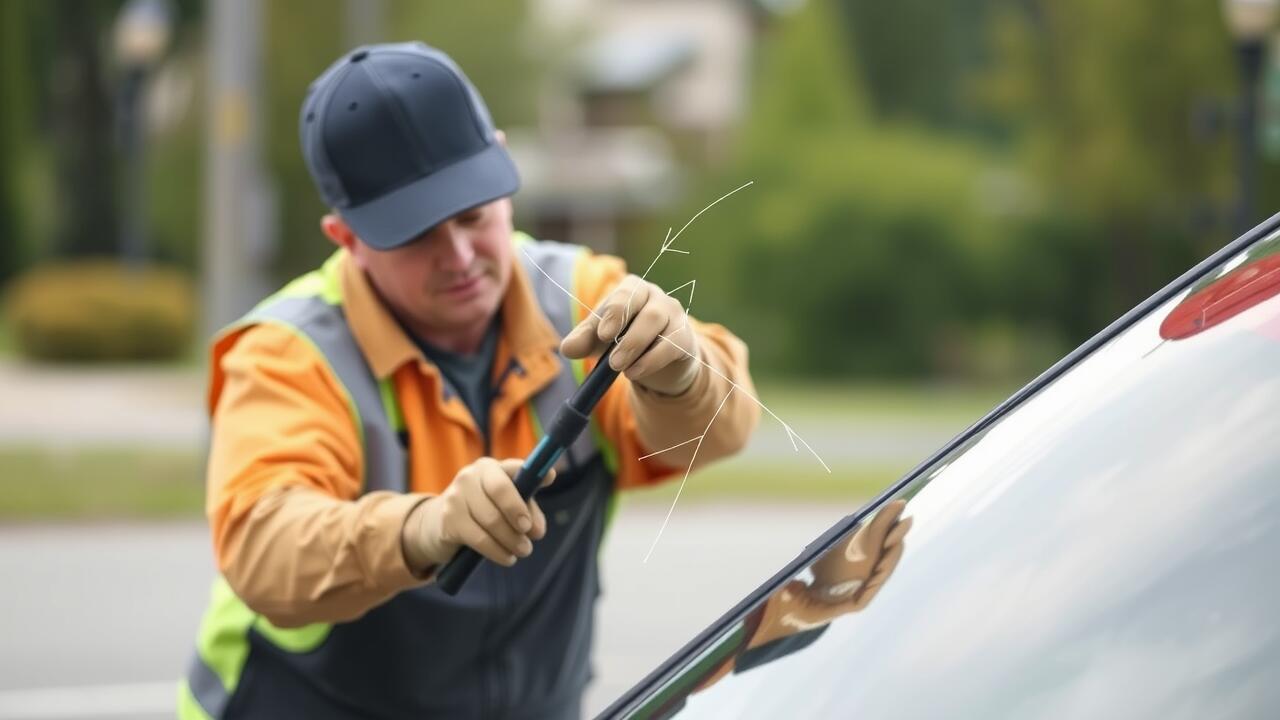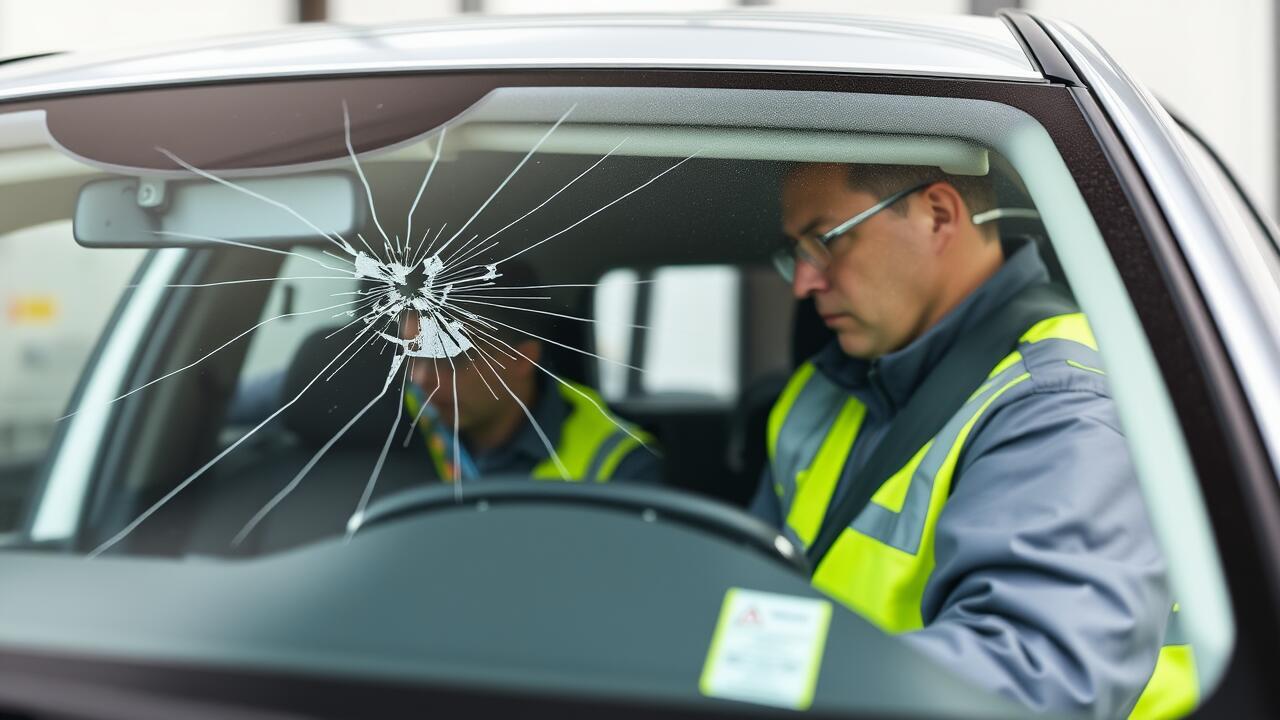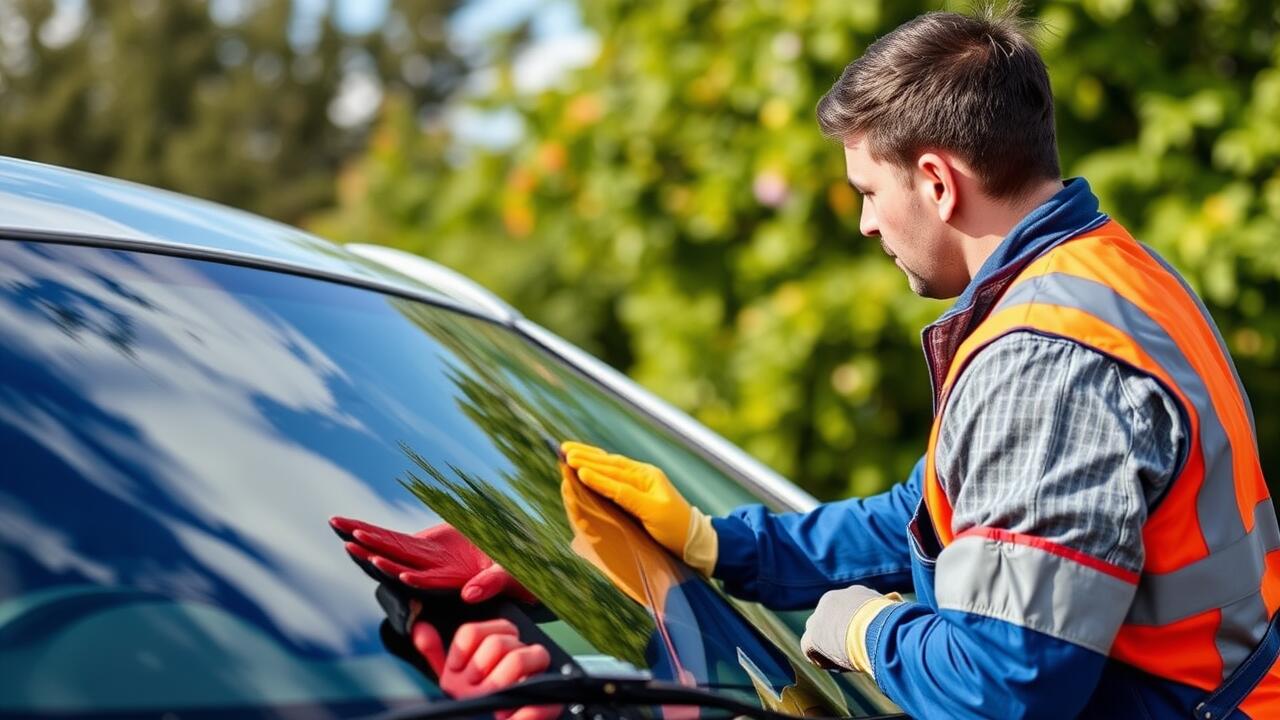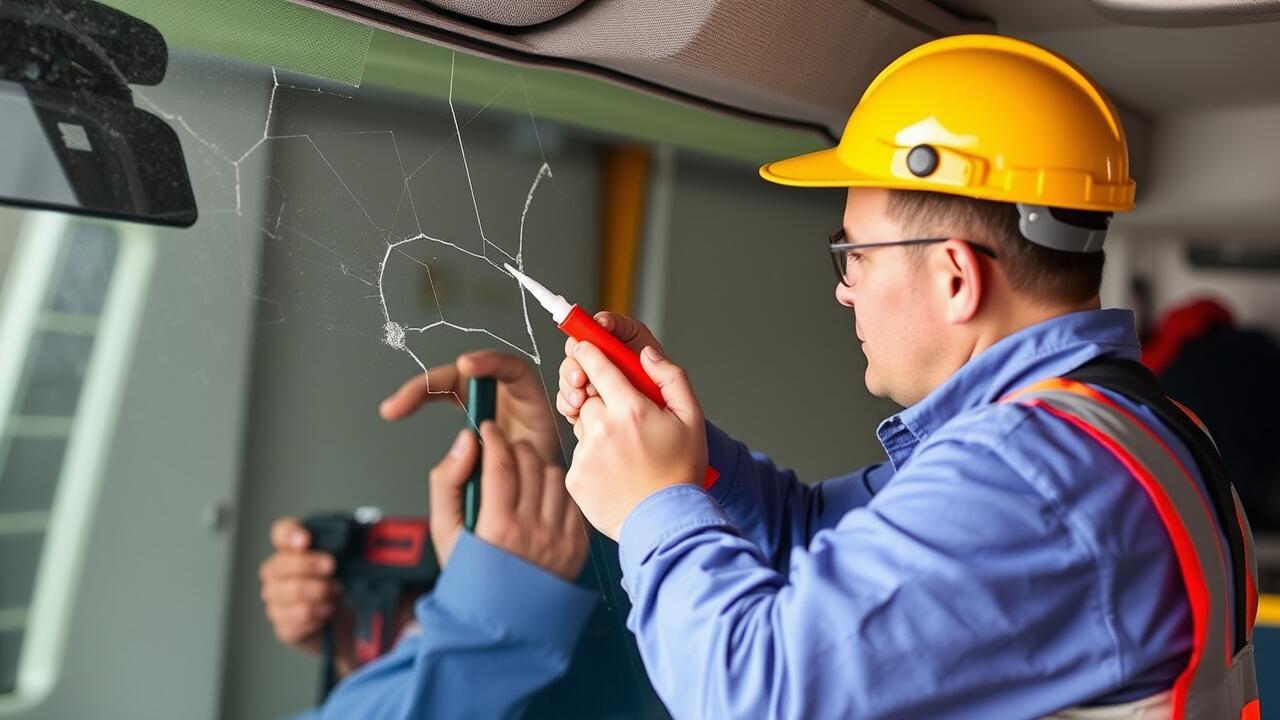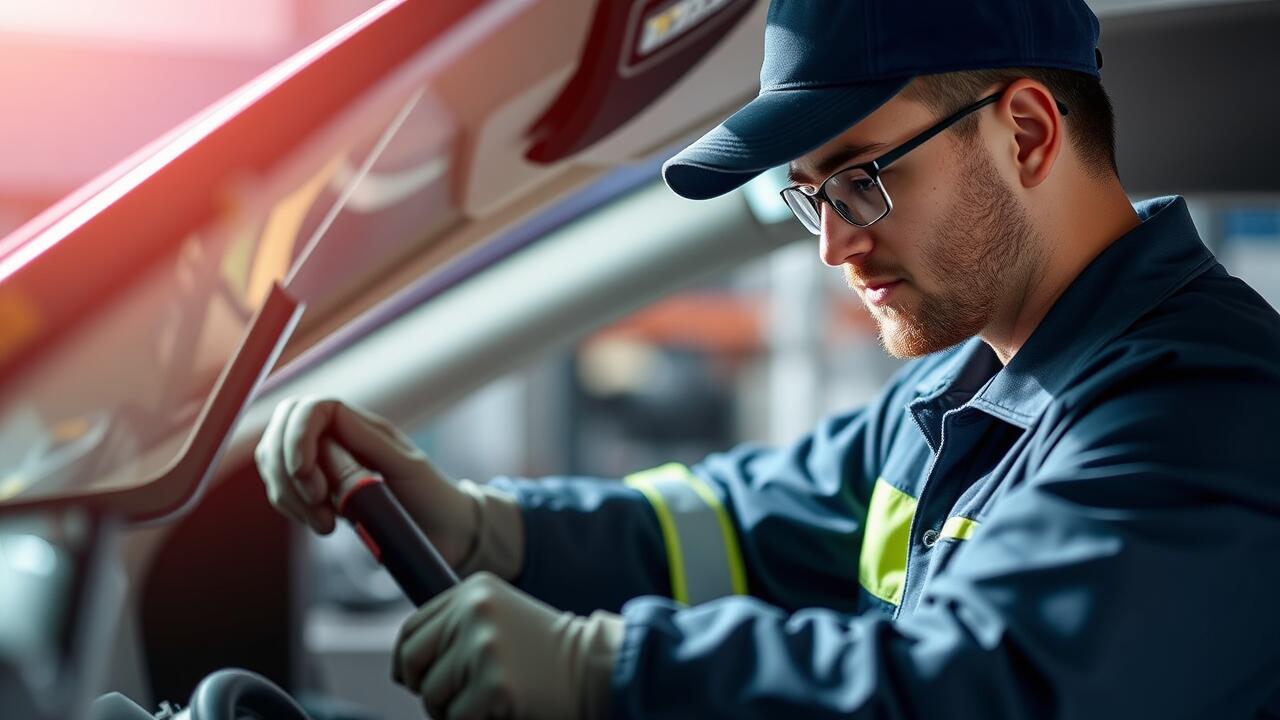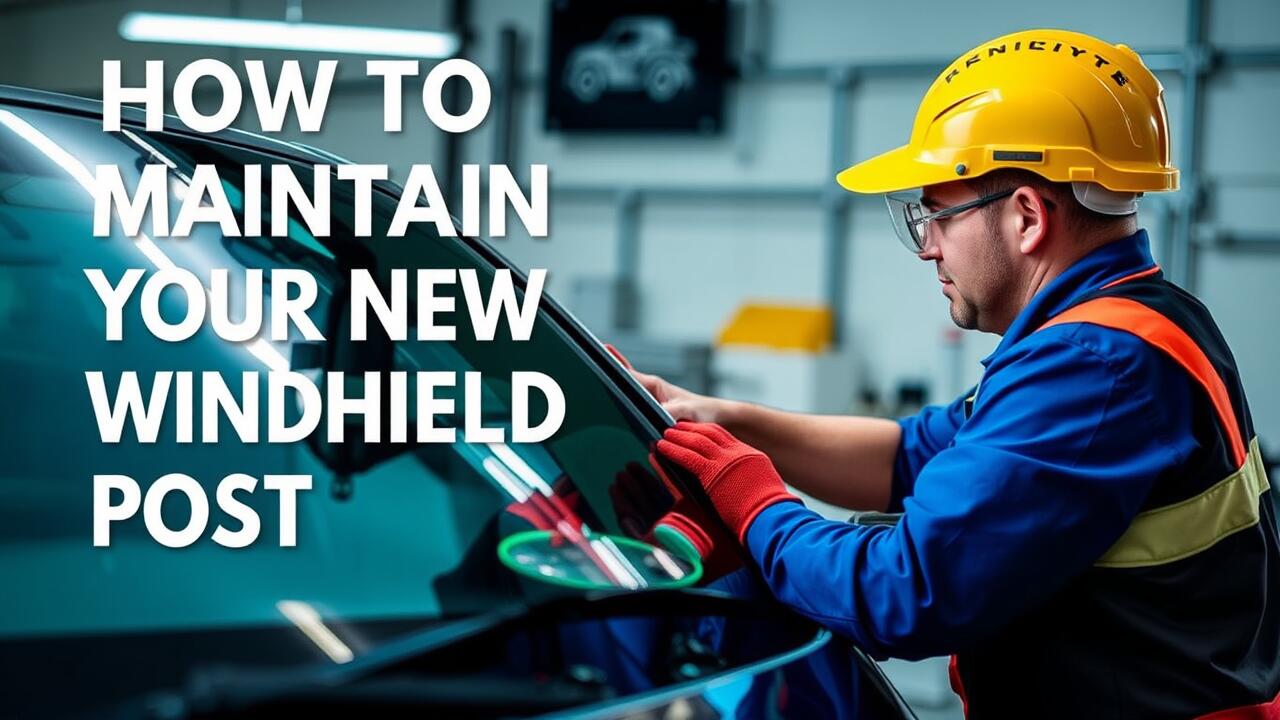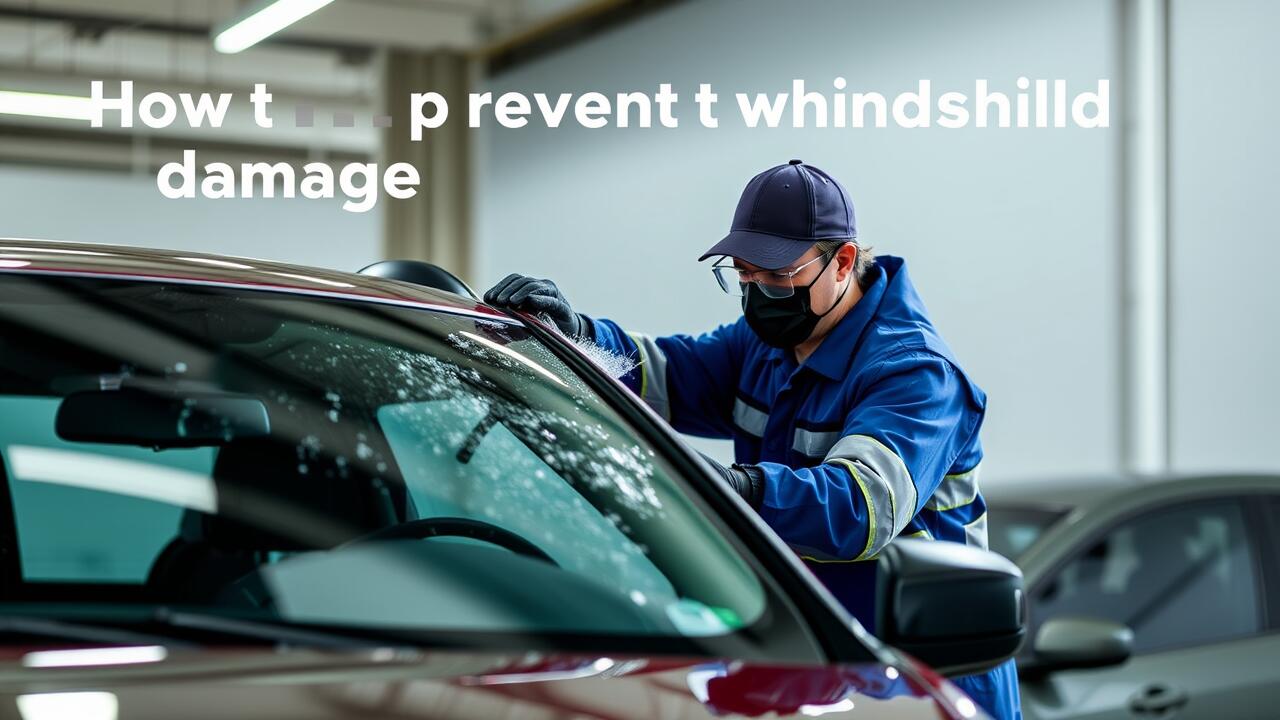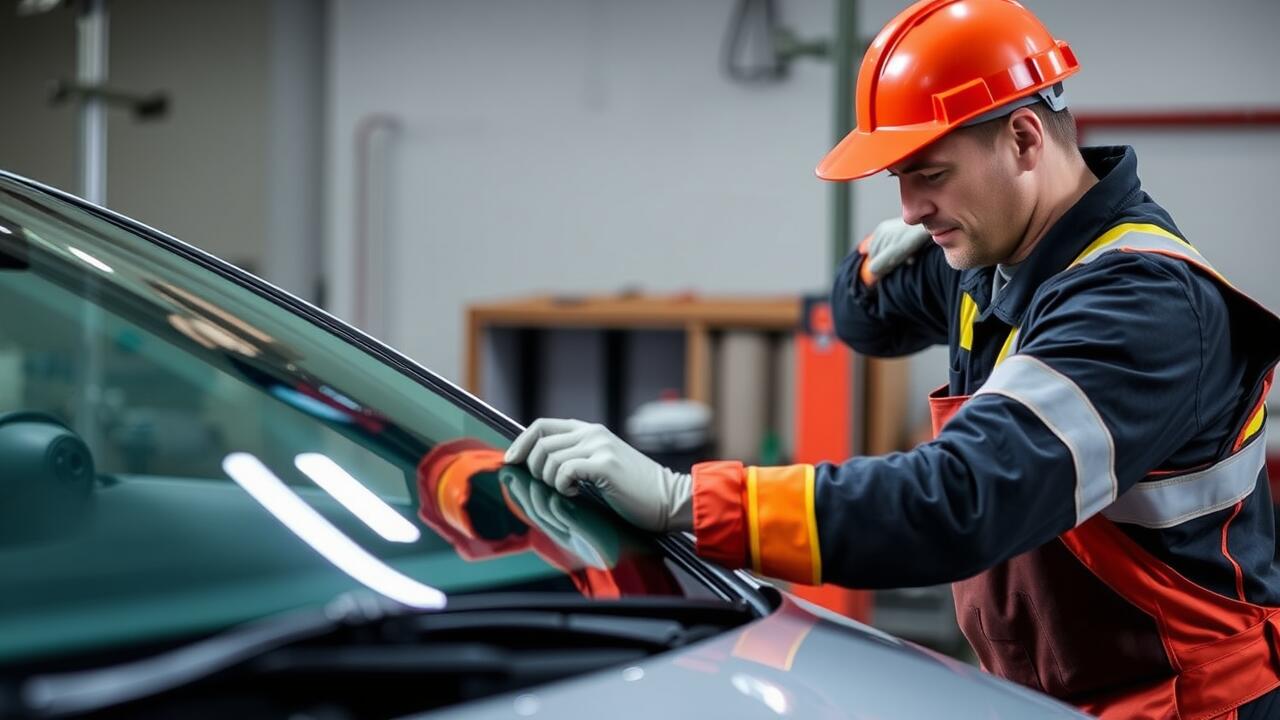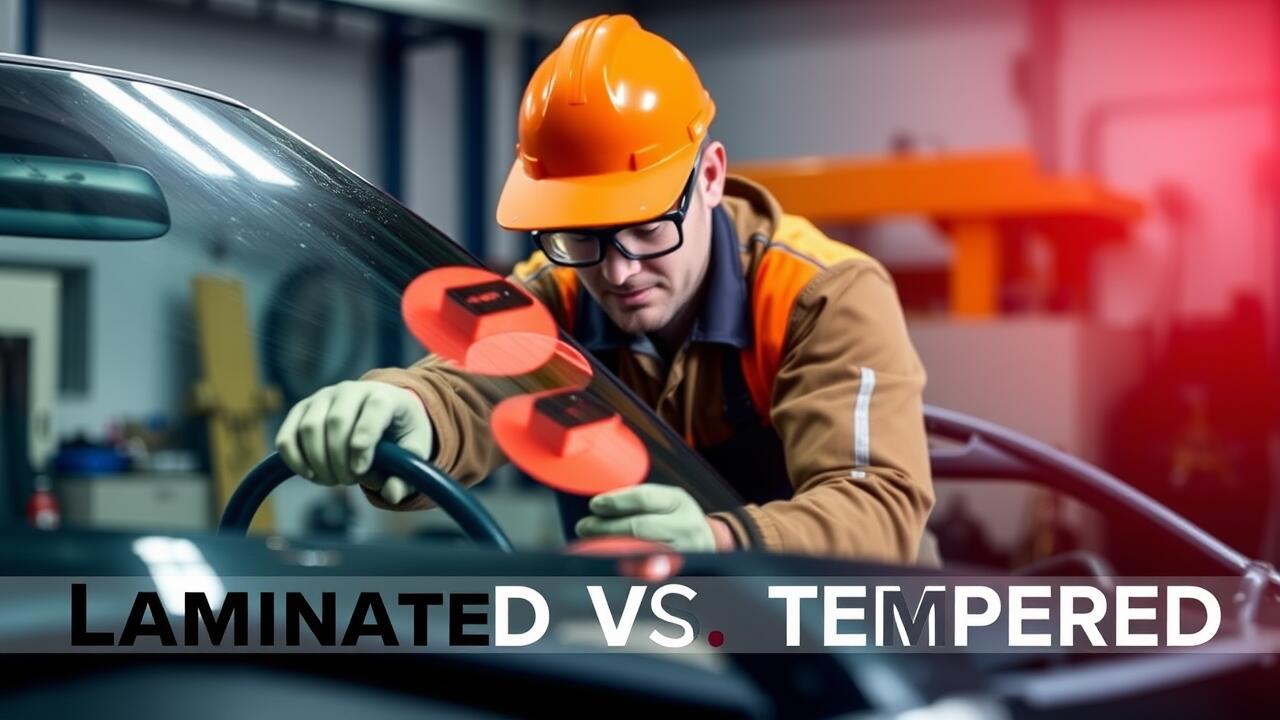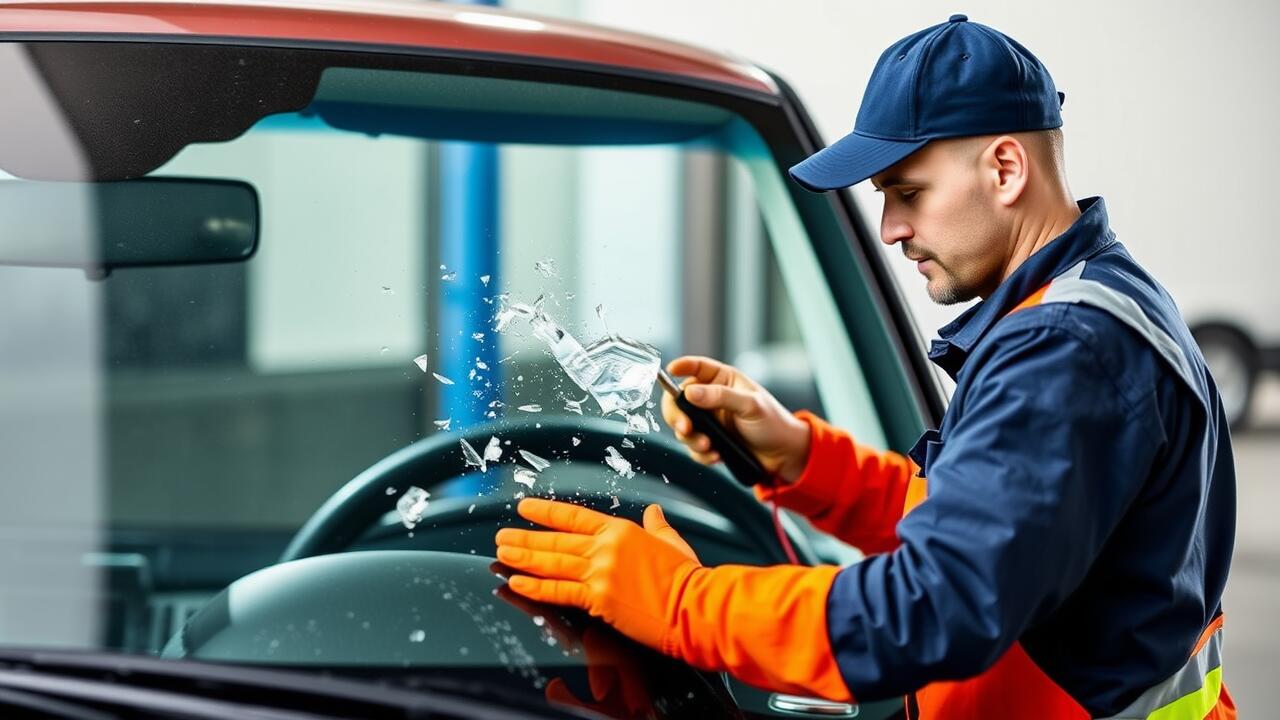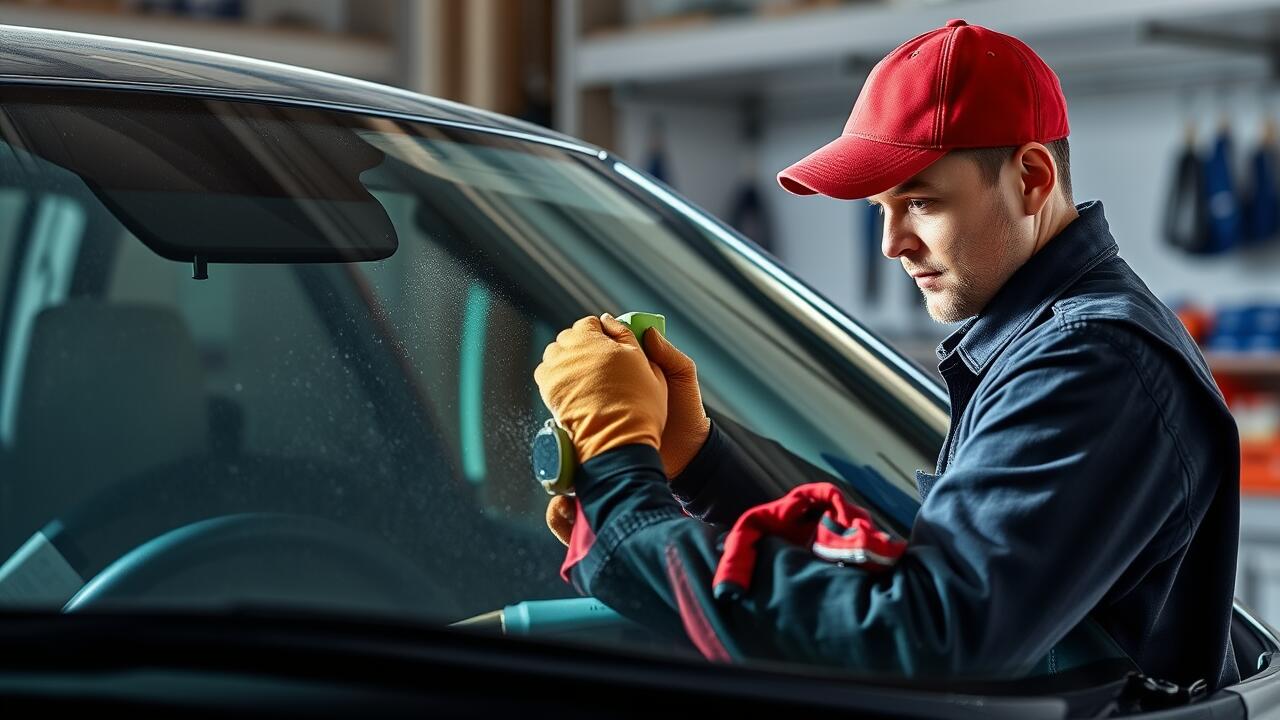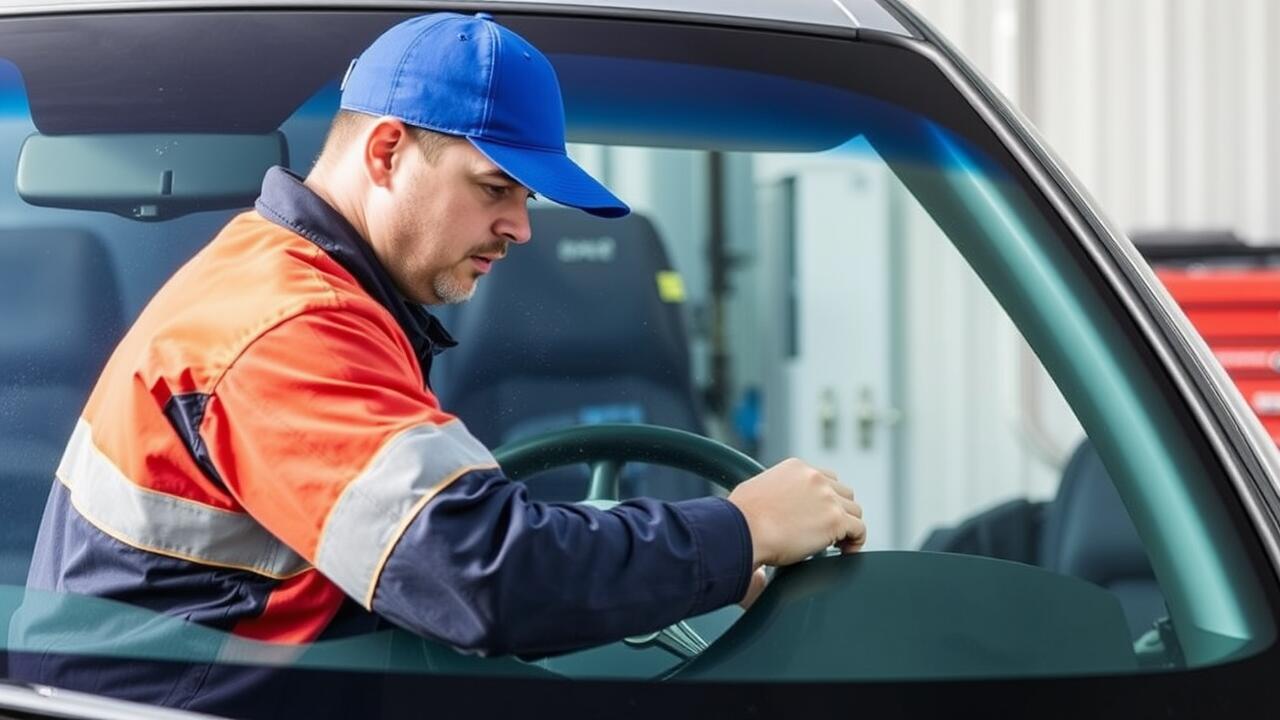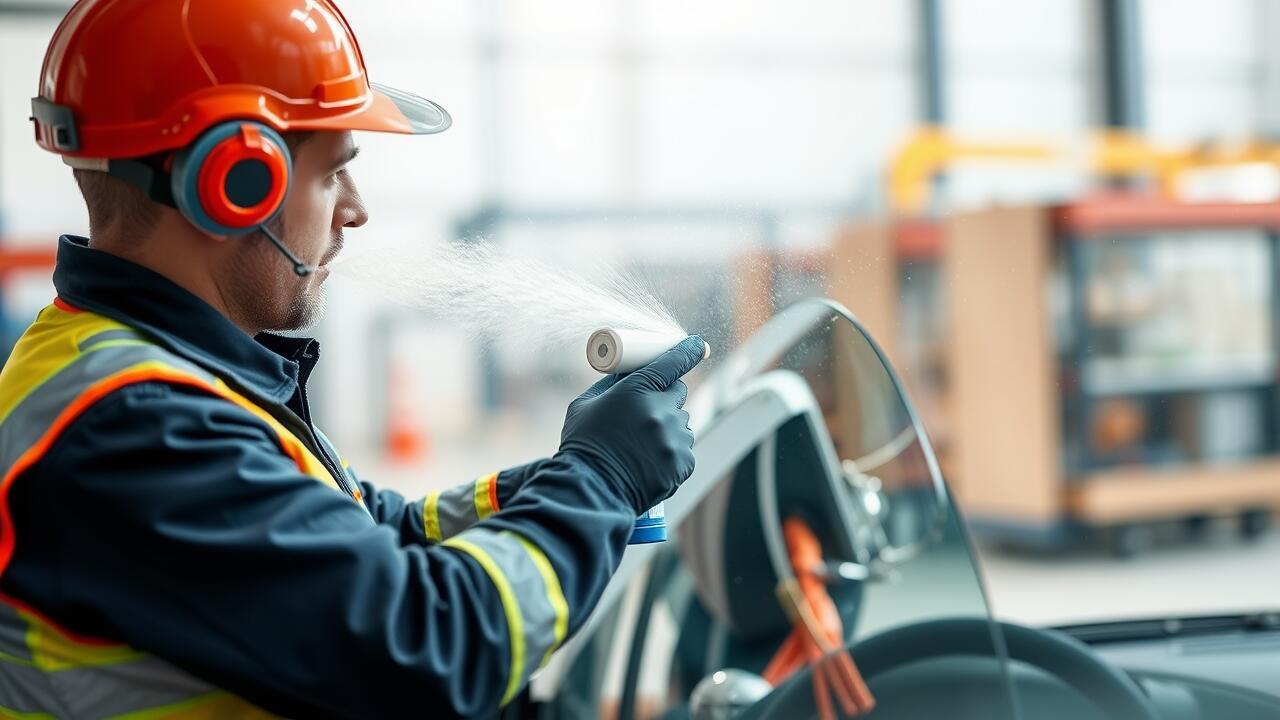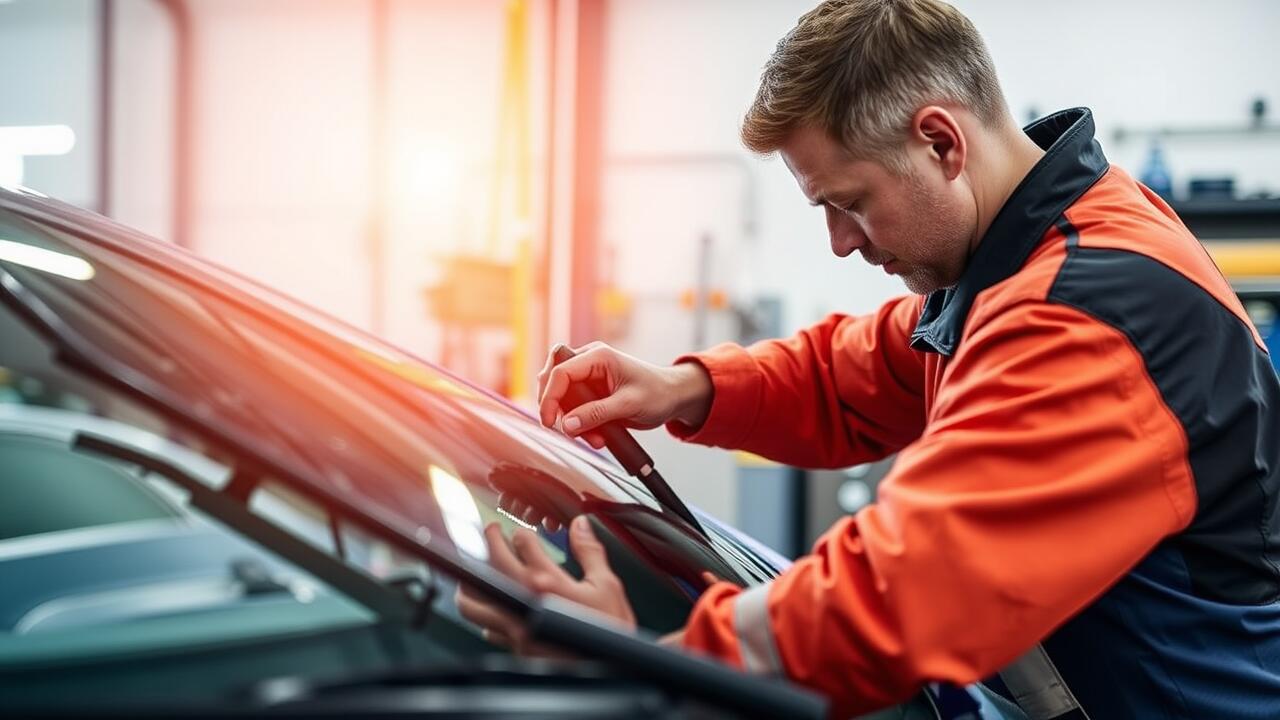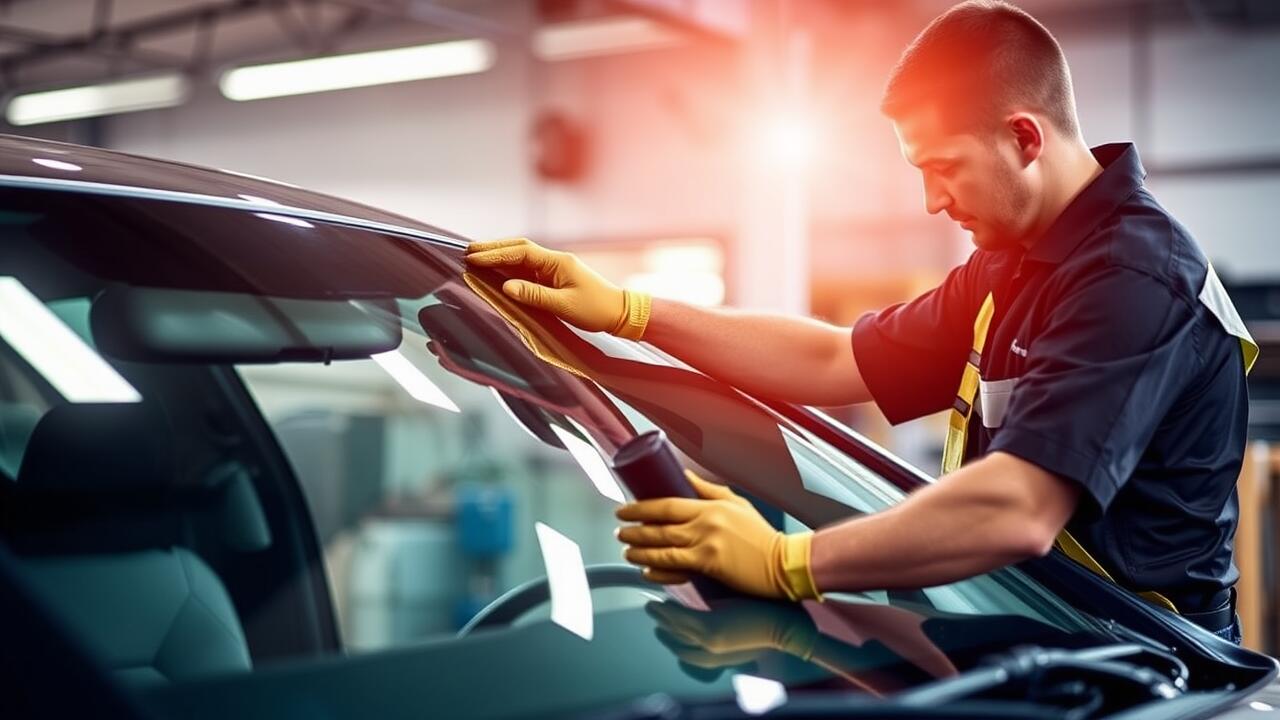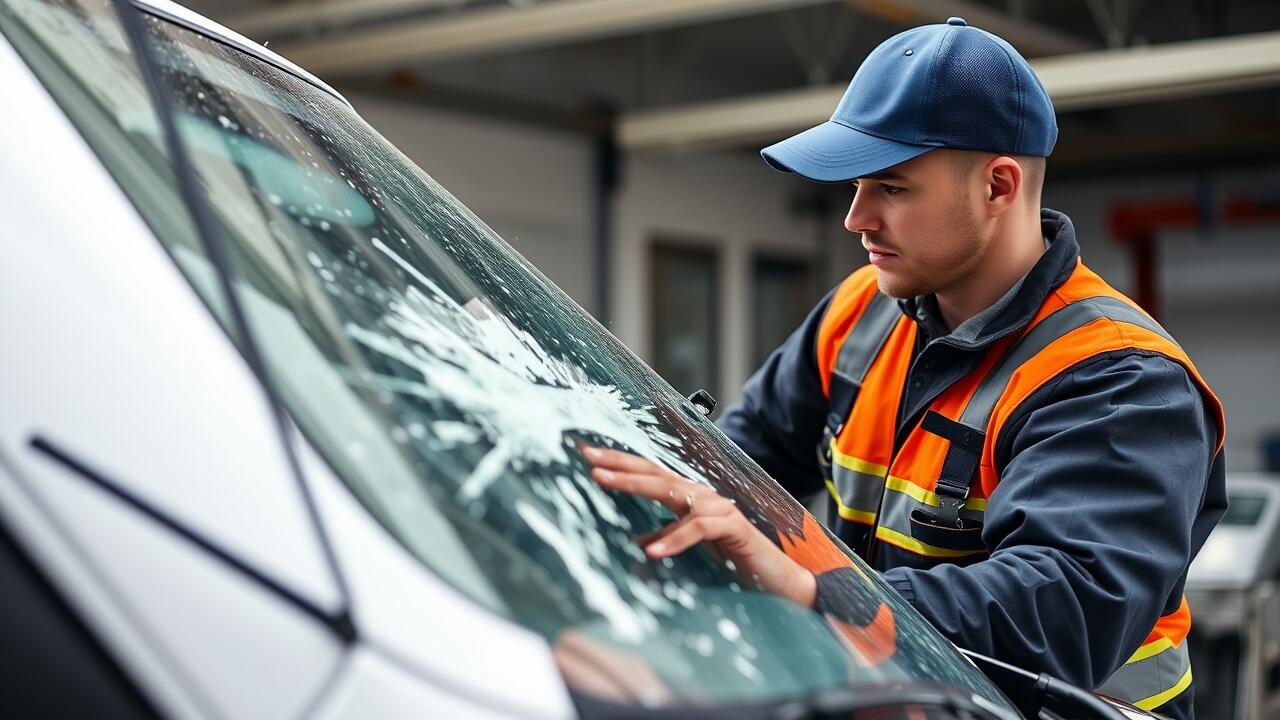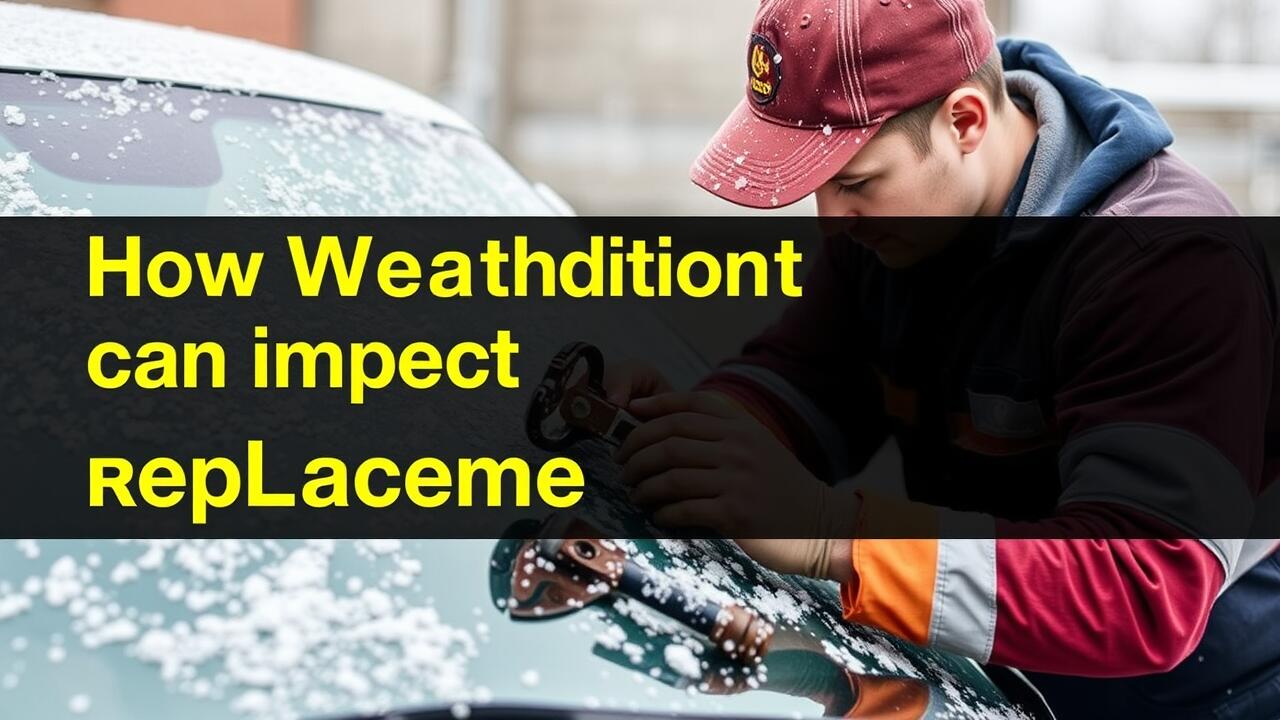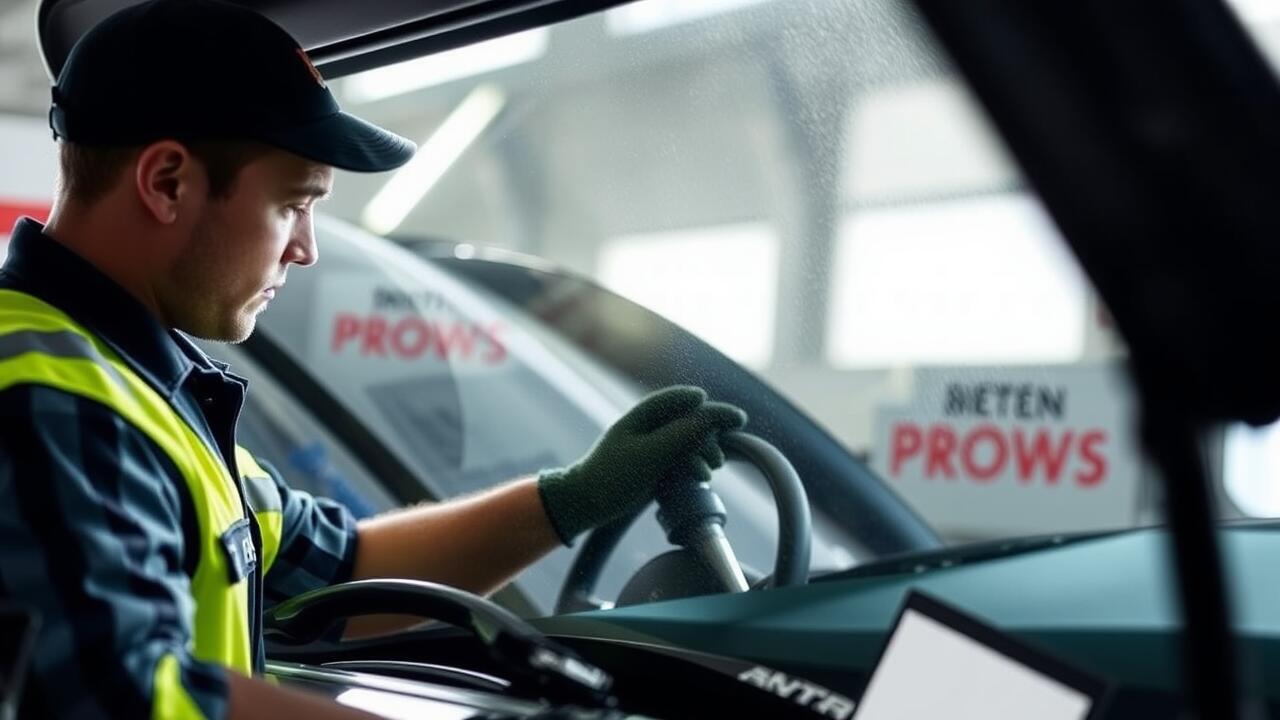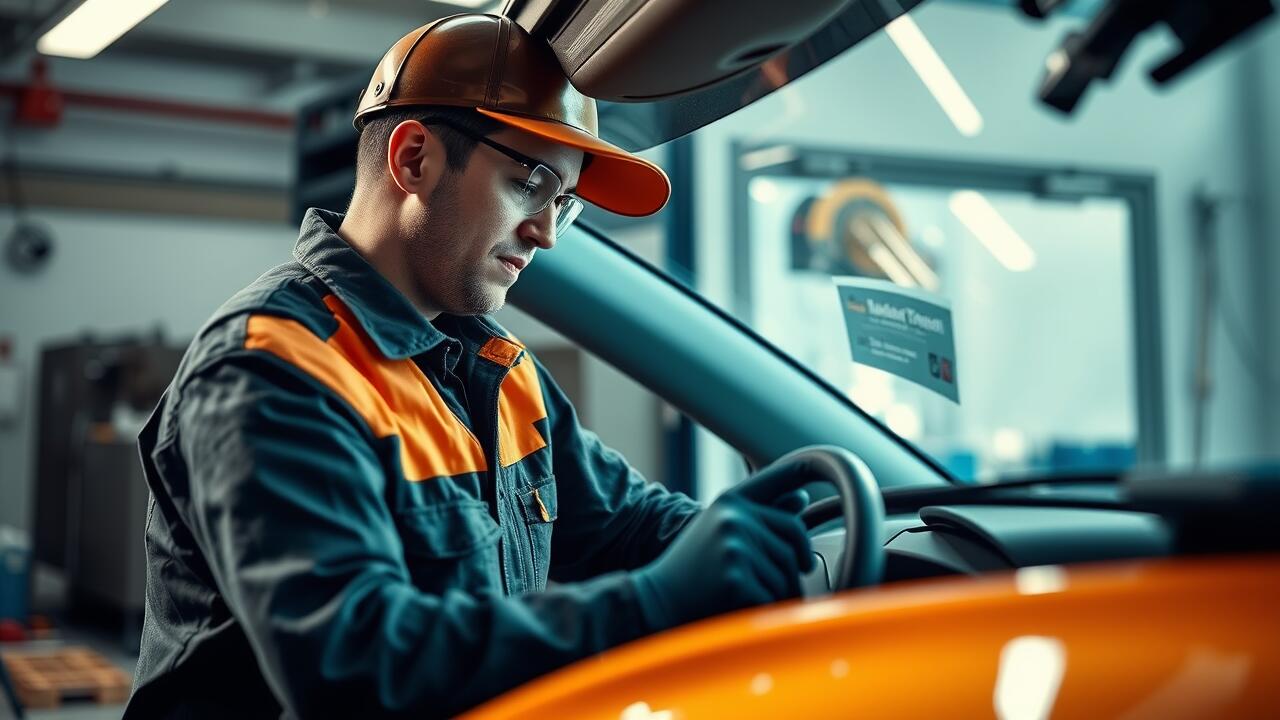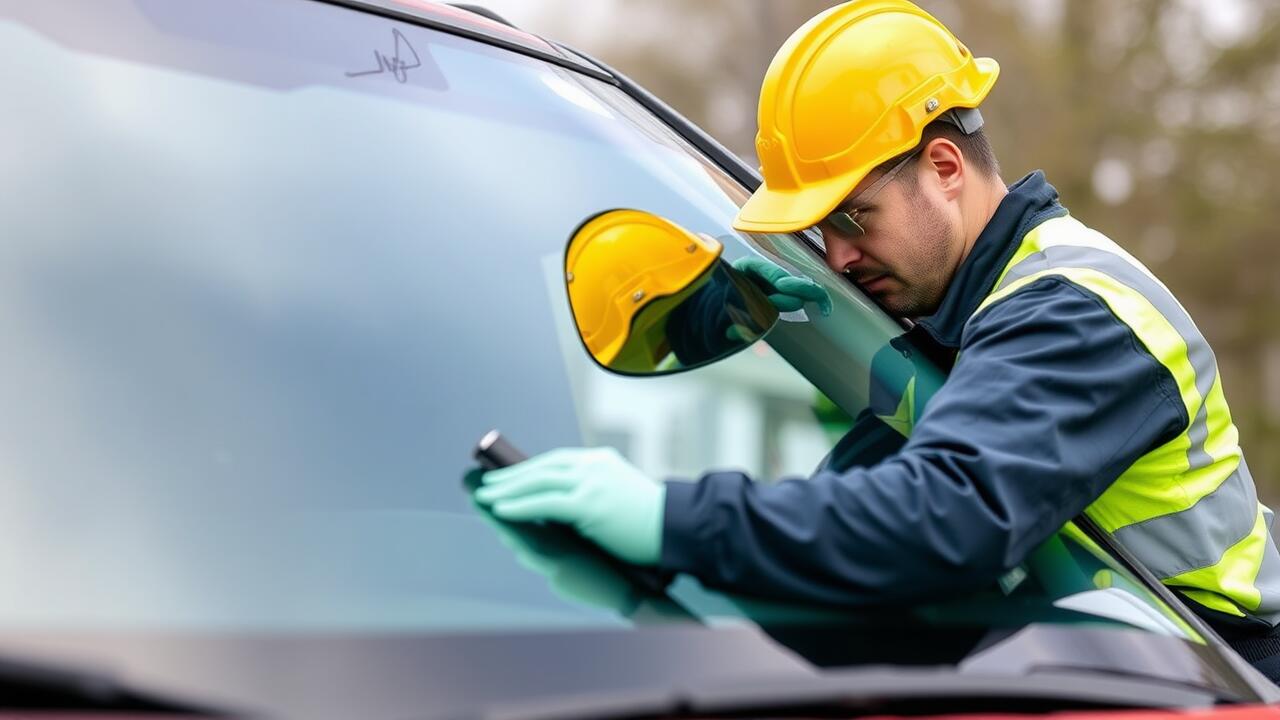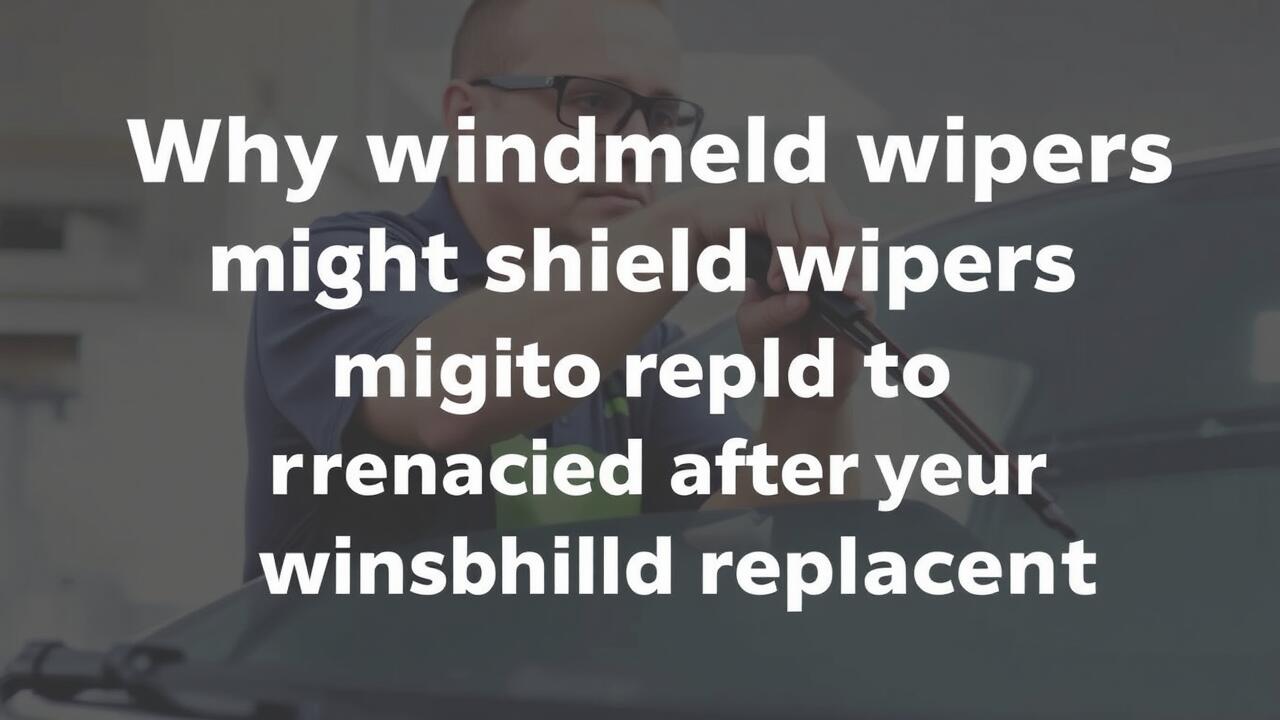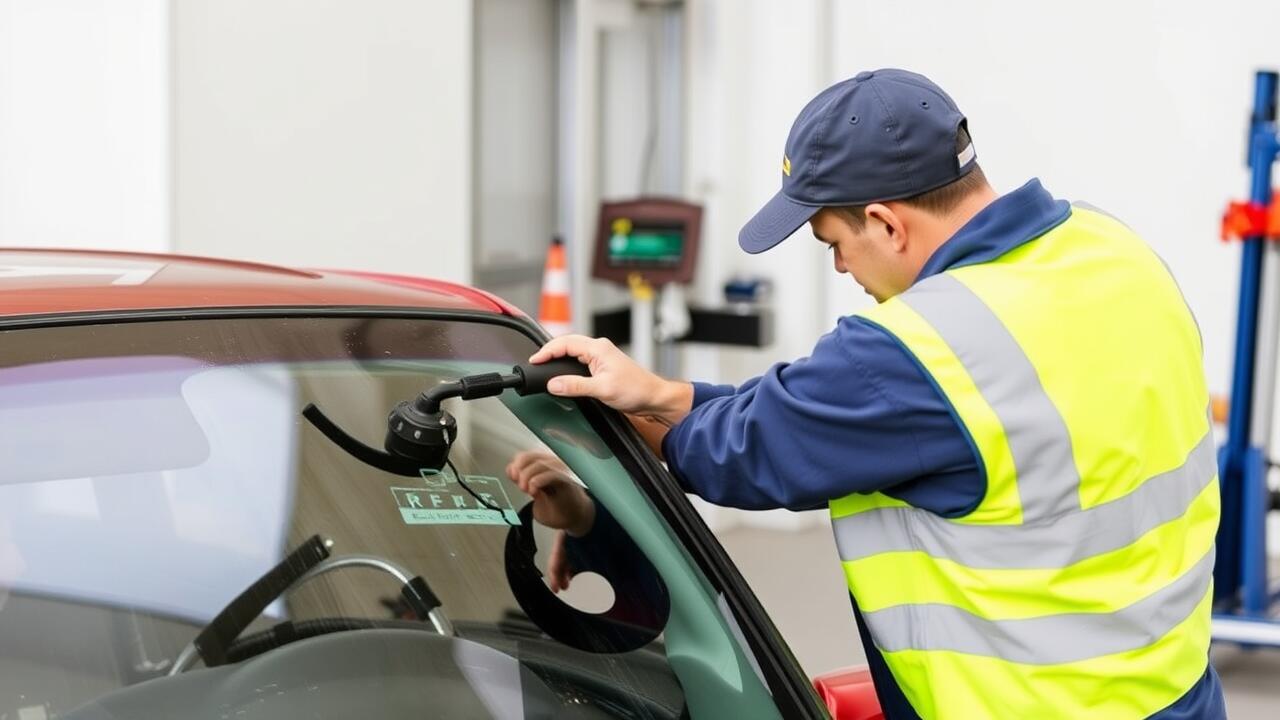
Table Of Contents
Timing Your Tint Application
After a windshield replacement, timing is crucial for applying tint. Experts often recommend waiting at least a few days to allow the adhesive used during replacement to cure properly. This curing period can vary depending on the weather conditions and the specific adhesive applied. Applying tint too soon may jeopardize the bond between the glass and frame, leading to long-term issues such as peeling or bubbling.
Once the appropriate waiting period has passed, the next step is to choose a professional service for tint application. A skilled installer will ensure that the tint adheres well and is applied without imperfections. It's vital to discuss any warranty or care instructions to maintain the integrity of the tint. Taking these precautions will maximize the longevity and effectiveness of your windshield tint post-replacement.
Ideal Timeframes Post-Replacement
After a windshield replacement, it's essential to allow sufficient time before applying tint. Typically, it’s recommended to wait at least 48 to 72 hours for the adhesive to cure fully. This timeframe ensures that the windshield is securely bonded to the frame of the vehicle, reducing the risk of leaks or other issues that could impair the tint application.
If tint is applied too soon, it may not adhere properly, leading to bubbles or peeling. The weather can also influence this timing; extreme heat or humidity may extend the curing process. Professionals often advise checking with the installer to determine the optimal time specific to your vehicle and the conditions in which the replacement was completed.
Choosing a Professional Tinting Service
Selecting a professional tinting service is crucial for achieving optimal results after a windshield replacement. A reliable installer should possess experience and proper certifications. They should use high-quality materials that comply with local regulations. A reputable tinting service typically offers a warranty on their work, providing peace of mind regarding the durability of the tint applied.
Researching potential tinting services can help you make an informed choice. Customer reviews and testimonials provide insights into the experiences of previous clients. Additionally, seeking recommendations from friends or family can lead you to trustworthy options. Always ensure that the service you choose is specialized in post-windshield replacement tinting for the best results.
What to Look for in a Quality Installer
Selecting a professional installer for windshield tinting after a windshield replacement is crucial for achieving the best results. Start by checking for certifications and experience specific to automotive tinting. A qualified installer should have a portfolio showcasing their work and positive reviews from previous clients. Look for professionals who specialize in both windshield replacement and tinting, as this dual expertise can ensure a seamless application.
Another important factor is the range of products offered by the installer. High-quality tint films vary by brand and type, so it's beneficial to find someone who can provide options that suit your needs. Additionally, inquire about warranties on both the installation and the tint itself. A reputable installer will stand behind their work and the products they use, giving you peace of mind after your windshield replacement.
Maintenance Tips for Tinted Windshields
Proper maintenance of tinted windshields ensures both longevity and effectiveness. Regular cleaning is essential. Use a soft cloth or microfiber towel to avoid scratching the film. Avoid ammonia-based cleaners, as these can degrade the tint over time. Instead, opt for solutions specifically formulated for tinted windows. Ensuring that the edges of the tint remain clean will prevent lifting or bubbling.
After a windshield replacement, be mindful of the curing process. New tint requires some time to bond securely to the glass. Avoid rolling down windows or cleaning the tinted surface for at least a week. This precaution helps maintain the integrity of the installation, ensuring that the tint adheres correctly. Additionally, parking in shaded areas can protect both the glass and the tint from extreme temperatures.
Keeping Your Tint in Top Condition
To maintain the quality of your tinted windshield, regular cleaning is essential. Use a soft microfiber cloth and a mild glass cleaner to prevent scratches and preserve the tint. Avoid harsh chemicals and ammonia-based products as they can damage the film. Clean your windshield gently, ensuring that you do not apply excessive pressure that could loosen the edges of the tint.
Additionally, be mindful of your surroundings and avoid parking in direct sunlight for extended periods. Extreme heat can cause the film to deteriorate faster than normal. When dealing with Windshield Replacement, it is wise to select a reputable installer who uses high-quality materials. This selection can significantly enhance the longevity and appearance of your windshield tint, ensuring it continues to provide protection and privacy effectively.
FAQS
How soon can I apply tint after replacing my windshield?
It is generally recommended to wait at least 24 to 48 hours after windshield replacement before applying tint to allow the adhesive to fully cure.
What should I look for in a professional tinting service?
When choosing a tinting service, look for experience, positive customer reviews, quality materials, and a warranty on both the tint and installation.
Can I clean my tinted windshield immediately after installation?
It’s best to wait at least a week after tint installation before cleaning your windshield to ensure the tint adheres properly. When you do clean it, use a gentle cleaner and a soft cloth to avoid damaging the tint.
Will windshield tinting affect my visibility while driving?
Quality windshield tinting that complies with local regulations should not significantly affect visibility; however, darker tints can limit visibility in low-light conditions.
Is there a difference between ceramic and dyed windshield tints?
Yes, ceramic tints typically offer better heat rejection and UV protection compared to dyed tints, which primarily reduce glare and enhance privacy but may fade over time.
